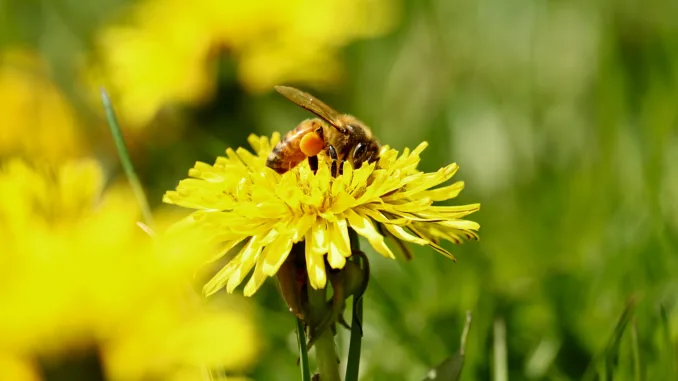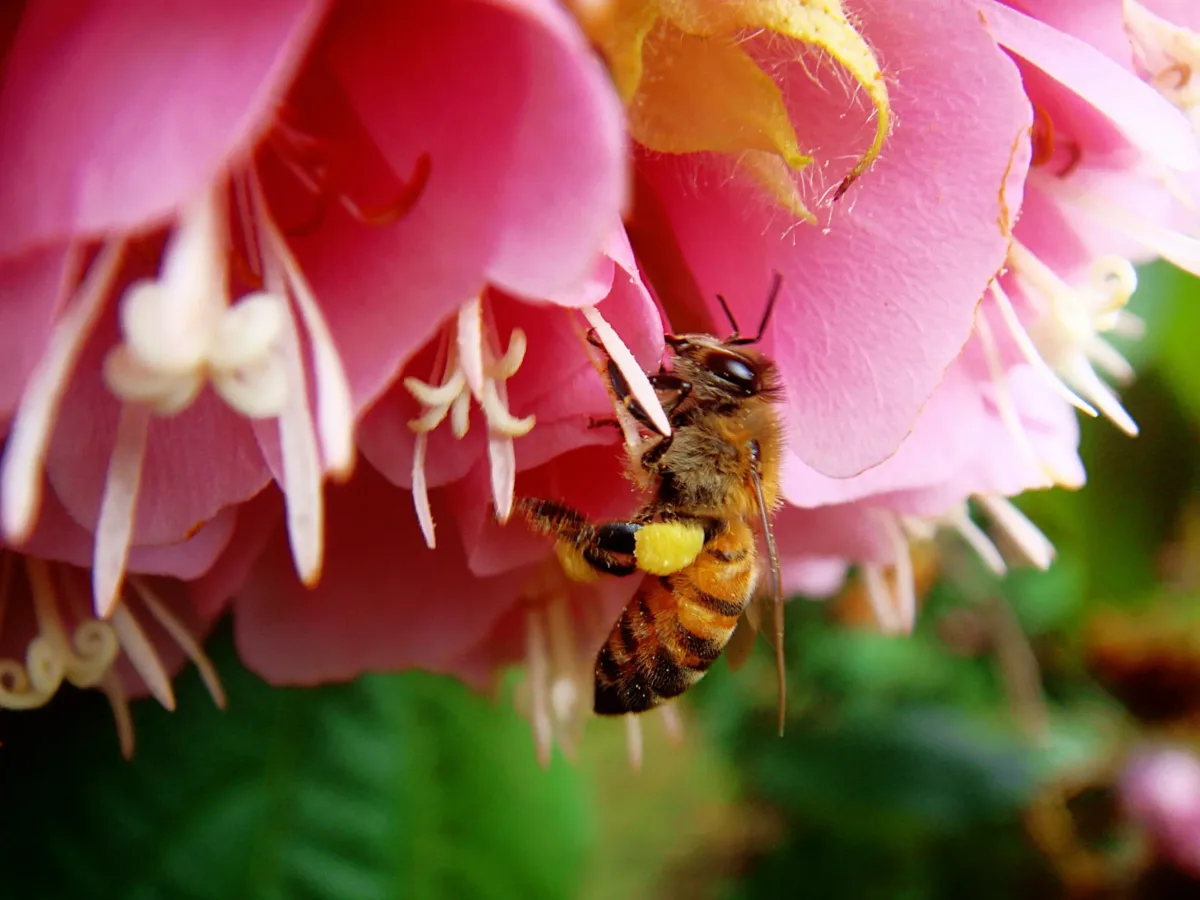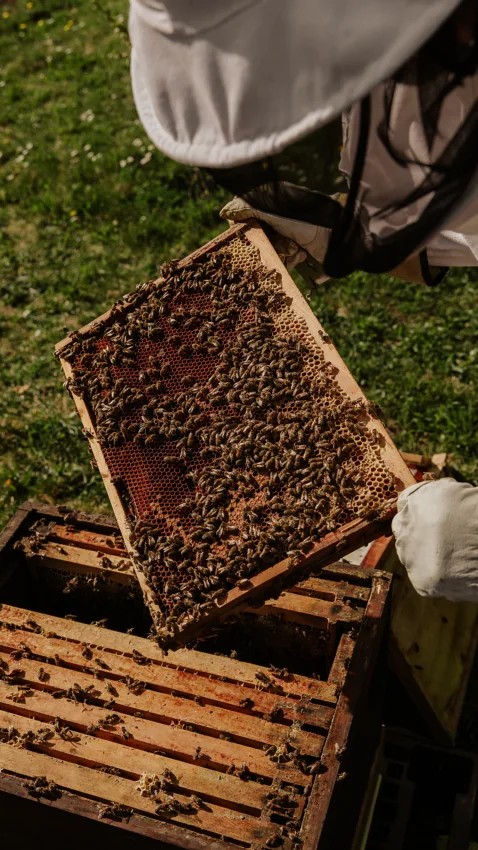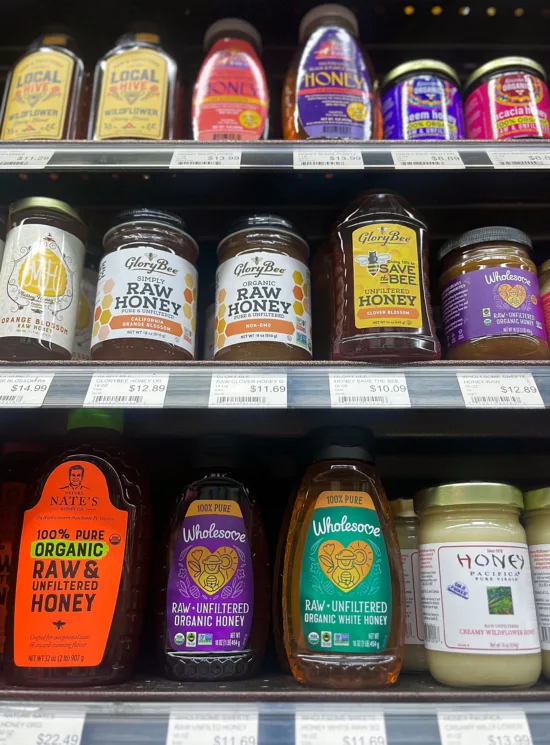
This week we began our dialogue of honey, uncovering the way it’s produced, the variations between styles of honey, and what precisely “uncooked honey” is. Right this moment, we’re persevering with our exploration by turning our consideration to environmental issues.
Although honey has been a café and culinary staple for so long as most of us can keep in mind, the ingredient has come beneath hearth lately, with questions of sustainability rising. So what’s the reality—is honey really dangerous for the setting? When uncovering the reply, there are some things to think about.

“Save the Bees”: Distortions in Messaging
Likelihood is that you just’ve heard of the “Save the Bees” motion, a name to assist protect and restore bee populations, beneath the pretense that bees’ pollination of flowering bushes and crops is crucial to sustaining biodiversity. Nevertheless, on this article for Scientific American, Alison McAfee, Ph.D., a honey bee researcher and postdoctoral fellow at North Carolina State College’s Division of Entomology and Plant Pathology, factors out the distortions within the marketing campaign’s messaging and the way it’s harming, quite than serving to, the setting.
In keeping with Alison, the media disproportionately covers the necessity for honey bees over native bees, although solely about 5% of the worldwide bee inhabitants is made up of honey-producing bees. Because of this, lots of of hundreds of People have taken up honey beekeeping as a interest, believing it to be a conservation apply. In actuality, native bees are those vulnerable to extinction and in want of consideration and assist. The elevated presence of honey bee colonies has additionally led to elevated competitors between native bees, with honey bees monopolizing floral sources and taking sustenance away from already-in-decline native bee populations.

Whereas “Save the Bees“ has good intentions, it’s vital to notice that honey bees aren’t the one ones in want of saving. If biodiversity is what we’re after, we have to flip our consideration to native bees, too.
A Double-Edged Sword
Even amidst issues round honey beekeeping and honey manufacturing, it’s vital to match honey’s impact on the setting to different sweeteners. Whereas honey has its personal issues, many nonetheless level to the truth that it’s extra sustainable than sugar for quite a lot of causes.
First off, honey manufacturing doesn’t require land cultivation the way in which that sugar manufacturing does. Sugarcane fields require acres of land, resulting in deforestation and the destruction of hundreds of animals’ pure habitats. As well as, honey manufacturing emits fewer greenhouse gasses in comparison with sugar manufacturing. It requires much less tools and, sometimes, much less journey; most sugar in North America must be imported from South and Central America, Australia, and the Caribbean.

Making Selections as a Shopper
We will’t inform you what the proper reply is for you on the subject of honey consumption—however, understanding the various sides of the controversy, you can also make extra knowledgeable selections in your on a regular basis life. Keep tuned for future installments of our “Know Your Sweeteners” sequence, the place we’ll focus on molasses, agave, and extra.
ABOUT THE AUTHOR
Emily Pleasure Meneses (she/they) is a author and musician based mostly in Los Angeles. Her hobbies embrace foraging, cortados, classic synths, and connecting together with her Filipino roots by music, artwork, meals, and beverage.
Subscribe and Extra!

Out now: It’s the December 2023 + January 2024 subject! Learn it without cost with our digital version. And for greater than three years’ value of points, go to our digital version archives right here.
You’ll be able to order a tough copy of the journal by our on-line retailer right here, or begin a subscription for one 12 months or two.

